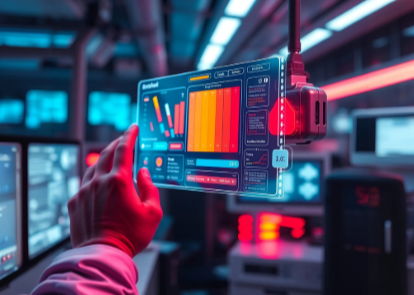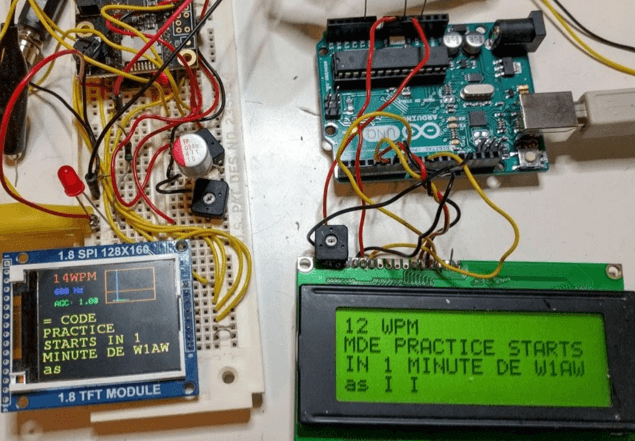The Future of Digital Interfaces: Touchless and Beyond
The future of digital interfaces is likely to be shaped by advancements in touchless technology. Gesture recognition, voice commands, and brain-computer interfaces are emerging as key innovations. These developments aim to enhance user interaction by making it more intuitive and accessible. As industries begin to adopt these technologies, the implications for user engagement and experience could be profound. This evolution raises questions about the balance between convenience and the complexity of human interaction.
The Rise of Gesture Recognition Technology
As technology continues to evolve, gesture recognition has emerged as a pivotal interface innovation, allowing users to interact with devices in an intuitive and natural manner.
Voice Commands: The New Normal in Interaction
Voice commands have rapidly transitioned from a novel feature to a fundamental component of user interaction with technology.
As voice assistants become ubiquitous, they significantly enhance user experience by enabling hands-free control and multitasking. This shift promotes a sense of freedom, allowing users to engage with devices intuitively.
Continuous iterations in voice recognition technology further refine this interaction, catering to diverse user needs and preferences.
Read more: What’s Next After the Smartphone Era?
Brain-Computer Interfaces: Unlocking the Mind’s Potential
While traditional interfaces rely on physical actions or vocal commands, brain-computer interfaces (BCIs) represent a groundbreaking shift toward direct communication between the human brain and digital devices.
By enhancing neural connectivity, BCIs offer unprecedented opportunities for cognitive enhancement, allowing users to interact with technology through thought alone.
This innovation paves the way for a future where mental freedom and creativity are fully realized.
Conclusion
As touchless interfaces evolve, they are expected to revolutionize user interactions, making technology more accessible and intuitive. Notably, a recent study found that 70% of users prefer gesture-based controls over traditional inputs, illustrating a significant shift in user preferences. This trend underscores the potential for enhanced multitasking and user engagement across various sectors. By prioritizing seamless, personalized experiences, the future of digital interfaces is set to transform how individuals connect with technology, fostering a more inclusive digital landscape.






